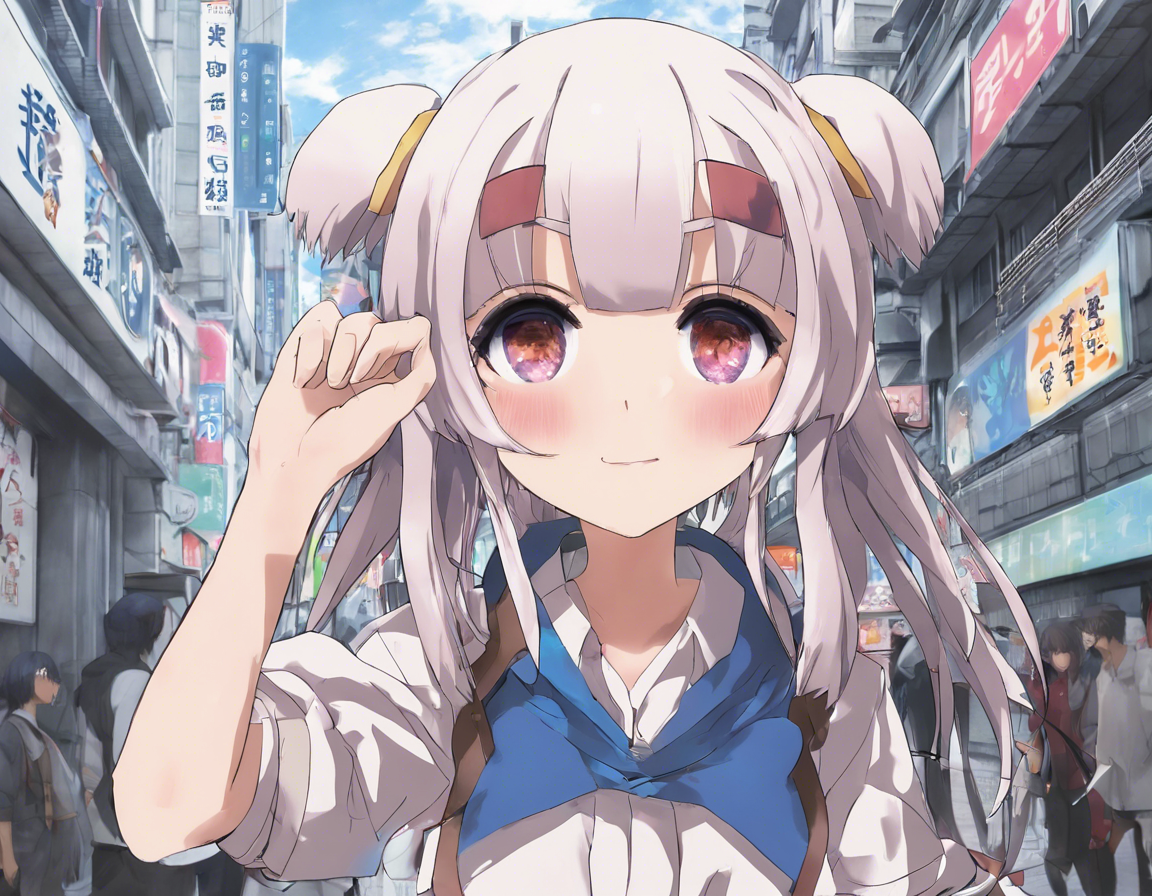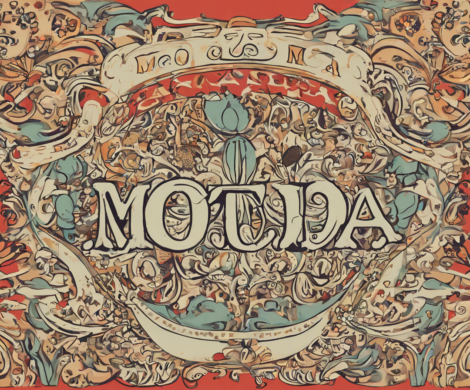Unleashing the Power of Doujimoe: A Comprehensive Guide

Have you ever heard of Doujimoe? If you’re a manga or anime enthusiast, then this term might sound familiar to you. Doujimoe, also known as “Doujin-moe” or “Doujinshi moe,” is a popular concept within the world of anime and manga fandom. In this comprehensive guide, we will delve deep into the realm of Doujimoe, exploring its origins, significance, impact, and how it has influenced the broader landscape of manga and anime culture.
Understanding Doujimoe
What is Doujimoe?
Doujimoe is a term that originates from the Japanese word “Doujinshi,” which refers to self-published works created by fans of manga and anime. The term “moe” is derived from a slang term that describes a strong affection or attraction towards characters in anime, manga, or video games. When combined, Doujimoe represents a particular type of Doujinshi that focuses on portraying characters in a cute, endearing, or lovable manner to evoke a sense of appreciation or adoration from fans.
The Evolution of Doujimoe
Origins of Doujinshi Culture
The practice of creating Doujinshi can be traced back to the 1970s in Japan when fans started producing their manga and anime-inspired works for personal enjoyment or to share with like-minded individuals. Over time, Doujinshi developed into a vibrant subculture within the larger anime and manga community, with fans showcasing their artistic talents and creativity through self-published works.
Emergence of Moe Culture
The concept of “moe” gained prominence in the 1980s and 1990s, signifying a shift towards character-focused narratives that emphasized emotional connections between fans and their favorite characters. This cultural phenomenon gave rise to Doujimoe, where creators began producing Doujinshi that catered to the desires and fantasies of fans seeking a deeper connection with beloved characters.
Impact of Doujimoe
Cultural Influence
Doujimoe has had a profound impact on the anime and manga industry, shaping fan interactions, artistic expressions, and content creation within the community. By allowing fans to explore their creative talents and share their interpretations of popular characters, Doujimoe has contributed to a rich tapestry of diverse and imaginative works that resonate with audiences worldwide.
Market Dynamics
The popularity of Doujinshi events, such as Comiket (Comic Market) in Japan, highlights the economic significance of Doujimoe within the broader manga and anime market. These events provide a platform for independent creators to showcase and sell their Doujinshi to a dedicated fan base, fostering a vibrant ecosystem of creativity and collaboration.
Exploring Doujimoe Content
Themes and Genres
Doujimoe content encompasses a wide range of themes and genres, catering to diverse fan preferences and interests. From romantic comedies to action-packed adventures, Doujinshi creators explore various storytelling styles and character dynamics to engage with readers on a personal and emotional level.
Artistic Styles
One of the defining features of Doujimoe is its diverse range of artistic styles, showcasing the unique talents and creative visions of individual artists. Whether it’s chibi characters, detailed illustrations, or stylized designs, Doujinshi artists experiment with different artistic techniques to bring their favorite characters to life in captivating and visually appealing ways.
FAQs about Doujimoe
1. What are some popular Doujimoe fandoms?
Some popular Doujimoe fandoms include “Naruto,” “One Piece,” “My Hero Academia,” “Attack on Titan,” and “Demon Slayer,” among others.
2. Can anyone create Doujimoe?
Yes, anyone with a passion for manga and anime can create Doujinshi, including Doujimoe, as a form of fan expression and creativity.
3. Are there legal implications associated with Doujinshi creation?
While Doujinshi exists in a legal gray area due to copyright concerns, creators often produce these works as non-commercial fan art for personal enjoyment or limited distribution.
4. How can I support Doujimoe artists?
You can support Doujinshi artists by purchasing their works at Doujinshi events, sharing their creations on social media, or commissioning custom artwork to help them sustain their creative endeavors.
5. Where can I find Doujinshi and Doujimoe content online?
There are various online platforms and websites dedicated to Doujinshi and Doujimoe content, such as Pixiv, DeviantArt, ComiPress, and FanFiction.net, where creators share their works with a global audience.
Conclusion
In conclusion, Doujimoe represents a captivating fusion of fan creativity, artistic expression, and emotional resonance within the vibrant landscape of anime and manga culture. From its humble origins in self-published works to its enduring influence on contemporary fandom, Doujimoe continues to captivate audiences worldwide with its endearing portrayals of beloved characters and engaging narratives. As the anime and manga community evolves, Doujimoe stands as a testament to the enduring power of fan-driven creativity and the profound impact of shared passions on shaping cultural identity and artistic innovation.





